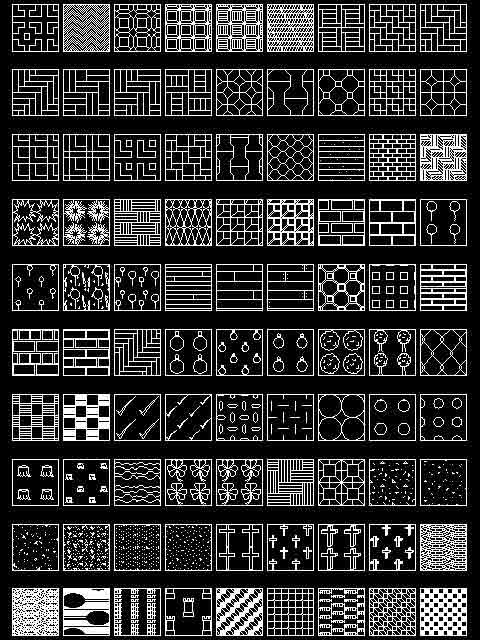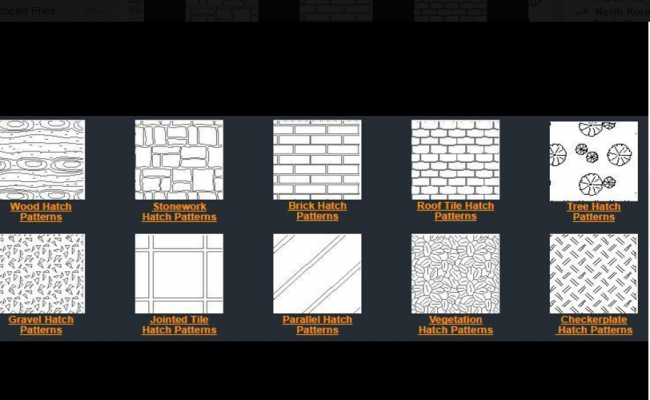


The -Hatch command creates hatch patterns at the command line Hatch displays a dialog box to do the same thing. In this post, we'll look at how to create hatch patterns and edit existing ones. Even so, your office drafting standard may well require additional patterns. The result is like the samples illustrated below.Įxamples of hatching patterns provided with BricsCADīricsCAD cannot create hatch patterns made of circles and other nonlinear objects, but BricsCAD can solid-fill and gradient-fill areas in any color.īricsCAD comes with 87 hatch patterns, plus solid fill and nine, gradient fill patterns. pat file, prefix lines with a semi-colon ( ). Negative number: draws a gap, such as -0.25.Positive number: draws a dash, such as 0.25.

dash definition - defines dashes in the line segment using the same code is in linetypes: , (comma) - separates the name from the descriptionĭescription - describes the pattern LINE 2: HATCH PATTERN DATAĤ5 - specifies the angle of the line segmentĠ,0 - specifies x,y coordinates of the start of the line segment.Ġ.125 - specifies ending coordinates of the line segment. * (asterisk) - indicates the start of the hatch pattern (Gradients are hardcoded and cannot be customized.) LINE 1: HEADER Each hatch pattern definition consists of at least two lines of text, a header that labels the pattern, followed by one or more lines of data that describe the pattern. pat files and are applied with the Hatch command. The pattern repeats itself, which is done by specifying an offset distance and an angle, as illustrated below: We look at both methods in this post.ĭespite seemingly complex, hatch patterns consist of the same three basic elements as linetypes: dashes, gaps, and dots. BricsCAD provides you with two ways to create custom hatch patterns: (a) simple patterns defined with the Hatch and -Hatch commands and (b) edit the default.pat file or write new. In this post, you will learn how to use and customize pattern hatches in BricsCAD ®.


 0 kommentar(er)
0 kommentar(er)
